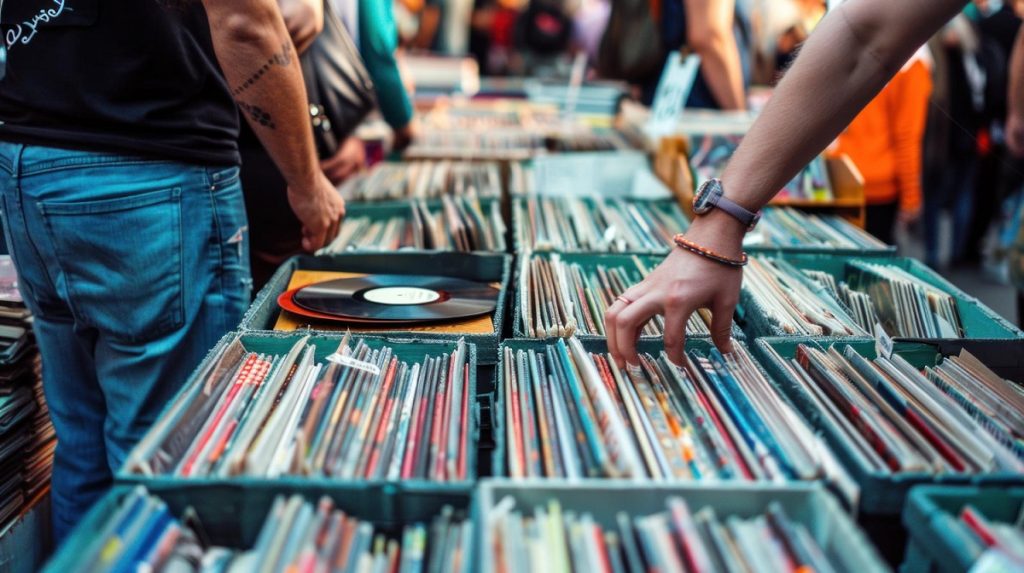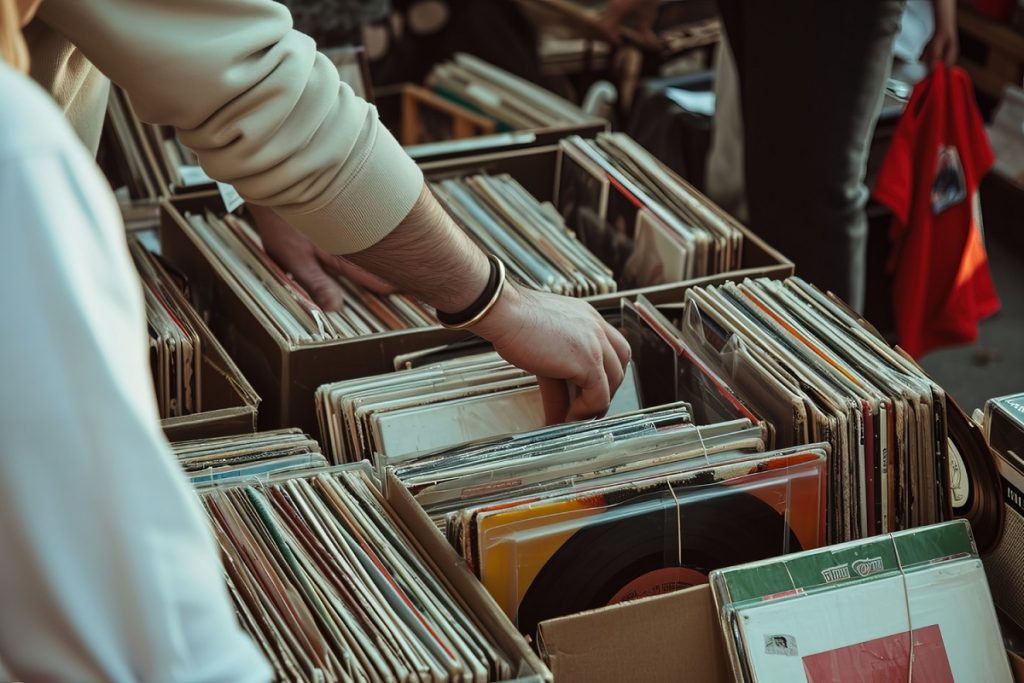Live performances in music are not just about displaying virtuosity but are also deeply about the connection between the artist and the audience, creating moments that resonate through history. Such performances can define an artist’s career, influence the musical landscape, and leave a legacy that outlasts the fleeting nature of sound. This article explores live musical performances that have not only showcased incredible talent but also pushed cultural boundaries and created iconic moments in music history.
Key iconic live performances
When discussing iconic live music performances, several moments stand out for their emotional depth, audience connection, and historical importance:
Queen at Live Aid (1985)
Perhaps no other performance showcases the unifying power of music better than Queen’s set at Live Aid in 1985. In just 20 minutes, Freddie Mercury and his bandmates conducted a masterclass in live performance, characterized by Mercury’s unmatched stage presence and crowd control. This performance was instrumental in raising funds for famine relief in Ethiopia, demonstrating the profound impact music can have beyond entertainment.
Jimi Hendrix at Woodstock (1969)
The Woodstock Festival of 1969 is often cited as a pivotal moment in music history, and Jimi Hendrix’s performance stands out as a cornerstone of his legacy. His rendition of the “Star-Spangled Banner” was a powerful commentary on the state of America, utilizing feedback and distortion to mimic the sounds of war, thus providing a poignant critique of the Vietnam War. This performance showcases how music can be a form of political expression and cultural commentary.
Beyoncé at Coachella (2018)
Beyoncé’s headline performance at Coachella 2018, dubbed “Beychella,” was a landmark not only for her own career but for the festival itself. She was the first Black woman to headline Coachella, and her set paid homage to the culture of Historically Black Colleges and Universities (HBCUs) in the United States. Through this performance, Beyoncé highlighted the importance of cultural representation and education in mainstream music festivals.
Cultural and historical impact
Each of these performances did more than just entertain. They challenged societal norms, gave voice to unspoken issues, and propelled music into the realm of influential cultural commentary:
The Live Aid concert, particularly Queen’s segment, helped establish a template for future benefit concerts, demonstrating that musicians could play a significant role in addressing global crises. Hendrix’s electric interpretation of the U.S. national anthem at Woodstock has since become an emblem of the counterculture movement of the 1960s, resonating with a generation in upheaval. Meanwhile, Beyoncé’s performance at Coachella serves as a blueprint for inclusion and representation in music, encouraging an industry-wide reevaluation of performance standards and festival lineups.
Unforgettable anecdotes and lesser-known facts
Behind these iconic moments are stories that showcase the human aspect of these grand performances. For instance, Freddie Mercury’s powerful call-and-response with the Live Aid crowd was spontaneous, demonstrating his innate understanding of and connection with the audience. Jimi Hendrix insisted on being the final act at Woodstock, which meant performing to a dwindling crowd in the early morning hours, though this did not dampen the impact of his set.
LiveThe enduring allure of these performances is not merely due to their musical excellence but their capacity to transcend the stage and influence society. Live music performances like those of Queen, Jimi Hendrix, and Beyoncé remain etched in cultural memory, continuing to inspire both audiences and artists alike. As music evolves, these performances serve as high benchmarks of the power of live music, reminding us of the profound impact that a truly great live performance can have on the world.






